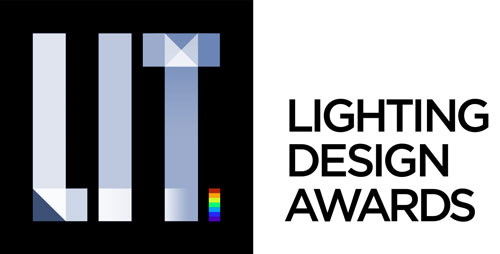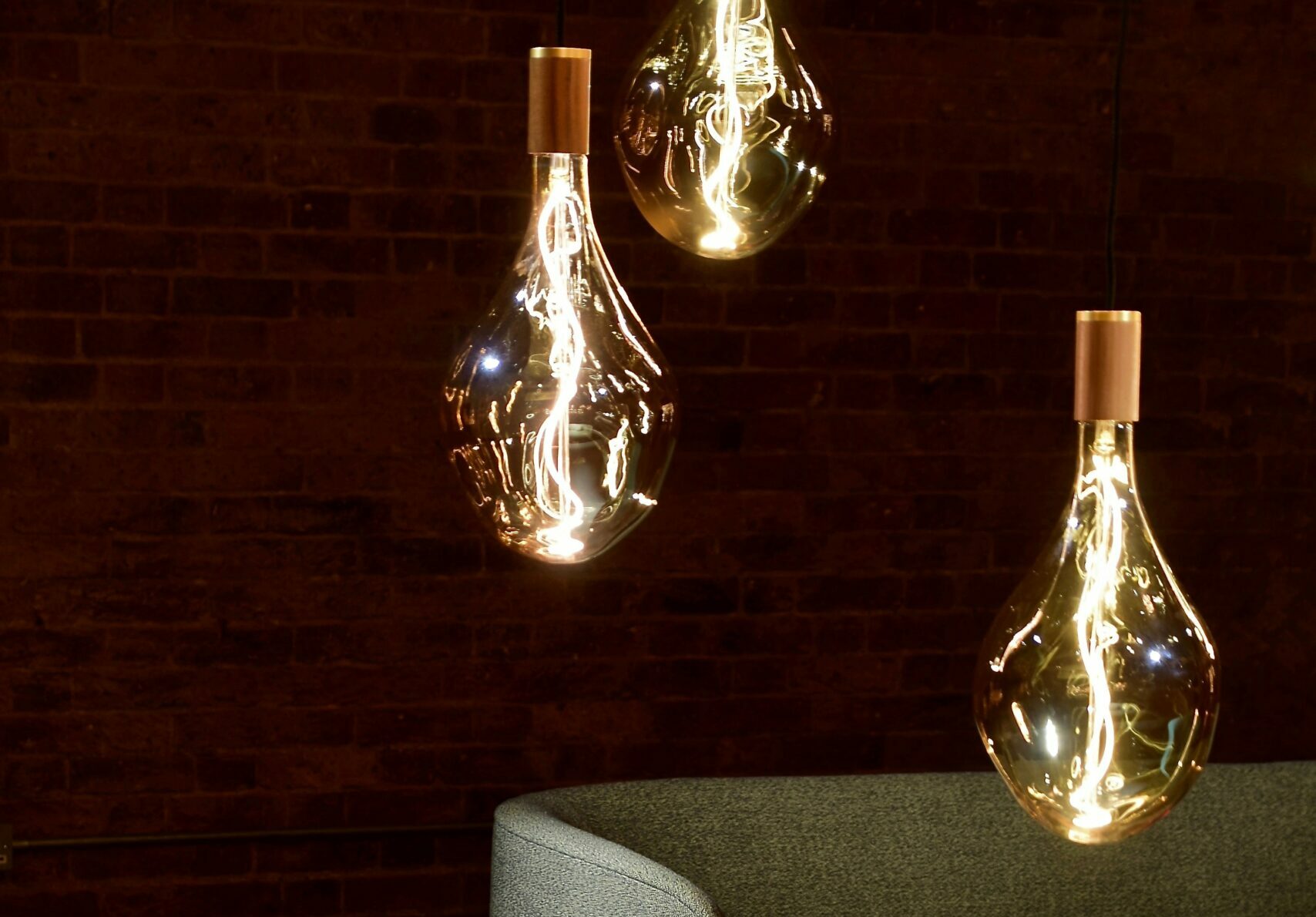Sustainability in the real world of Lighting Design by John Bullock,editor of The Light Review and Jury member of the LIT Awards.
January 3, 2023
Act sustainably. For the sake of the future of humankind, we’re all obliged to embrace sustainability. But what does that mean in practice?
Asking for a ‘sustainable project’ looks good on a client brief, but can we ever achieve a sustainable solution? The hard truth is that ‘sustainability’ isn’t binary. It’s not something that either is, or isn’t, like a light switch. To carry on with that control analogy, sustainability is more like a dimmer that can be set anywhere between 0 and 100%. Because sustainability is a process and processes tend not to be absolutes.
But even if we’re not talking in absolutes, it still helps to be able to frame what sustainability means to us as designers and to our clients. Let’s look at three major headline issues that all address sustainability, but which all take different routes to achieve a sustainable goal.
Climate action. We used to call this energy efficiency, back in the days when we thought the only thing that mattered was to try to reduce the amount of fuel that we were burning. Now we know that climate action is probably the single most important factor for everything that we do, both in our business and in our personal lives. It’s still about reducing the fuel that we’re burning – but our lives now depend on it.
So what actions are we taking to reduce carbon emissions; to protect biodiversity; to protect food production in the world. These are not things that happen by accident; they only happen by design.
Circular economy. We’re familiar with the slogan ‘leave it in the ground’ as related to fossil fuel extraction. But this relates to far more than oil and gas. By making lighting fixtures that can be used again and again, by replacing exhausted components such as LED engines and drivers while retaining the mass of the fixture body, we can reduce the need for virgin materials to be mined and quarried. The planet does not hold an infinite supply of raw materials. We have to conserve what we’re using.
Environment, Social, Governance (ESG) reporting, aka Corporate Social Responsibility (CSR). Some organisations draw a distinction between ESG and CSR, but it’s a pointless exercise because, whatever you call it, it has the same end view. These reporting frameworks tell us how well businesses are doing in meeting the Ten Principles established by the United Nations in its Global Compact.
In a perfect world, we’d all score 100% on everything. We don’t live in a perfect world; we live in a world where we strive to do better. Promoting the sustainable criteria of architectural projects is a way of saying ‘we’ve come this far. We aim to go further. Please join us on the journey.


